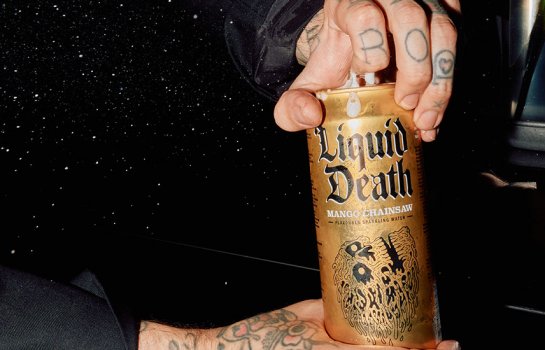
The Grocer: Star Apple
Not to be confused with star fruit, the star apple is a visually appealing exotic fruit to add to your next tropical fruit platter.
Apart from its white-coloured flesh, the star apple does not carry many other similarities to the apples we’re more accustomed to. Round in shape, the exotic fruit begins as green, but can ripen to a golden green or purple depending on the variety. Star apples also shouldn’t be eaten like the humble apple – biting into one will leave you wishing you hadn’t. The skin and rind of the star apple are both rich in latex and inedible, so the flesh should be spooned out, ensuring it does not make contact with the bitter skin. The flesh is sweet and aromatic, with a smooth and juicy consistency.
The star apple gains its name from the star-like pattern that forms inside the fruit around the seeds, visible when cut in half. Native to the Greater Antilles and the West Indies but grown locally in Tropical North Queensland, the fruit is also known as chrysophyllum cainito, caimito, abiaba, milk fruit, pomme du lait, and aguay. Star apple trees are in the Sapotaceae family, siblings to the Australian native plum and shea, the source of shea butter.
Apart from adding it to springtime tropical fruit salads, you can try making this star apple whip, or make a jelly-like dessert by blending the flesh to a pulp and refrigerating. It also works perfectly with orange in fruity cocktails.
When in season, you can purchase star apples from The Standard Market Company and Sourced Grocer, as well as other specialty grocers around town.
The Stumble Guide is our comprehensive Brisbane dining guide with more than 2400 places to eat, drink, shop and play.




